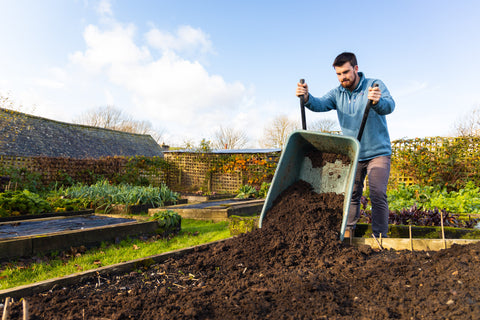THANK YOU
Hi there,
Thank you for your interest in shopping at Huw's Garden. We are no longer selling at this time.
We thank you for your patronage.
Hi there,
Thank you for your interest in shopping at Huw's Garden. We are no longer selling at this time.
We thank you for your patronage.
